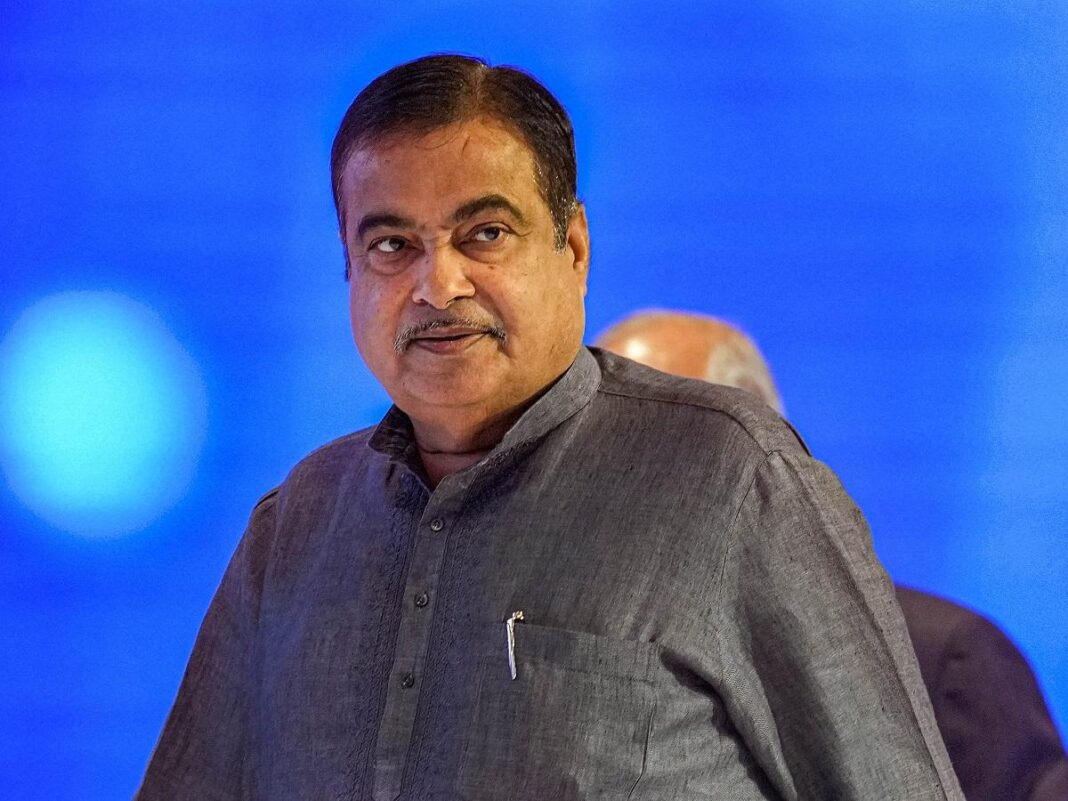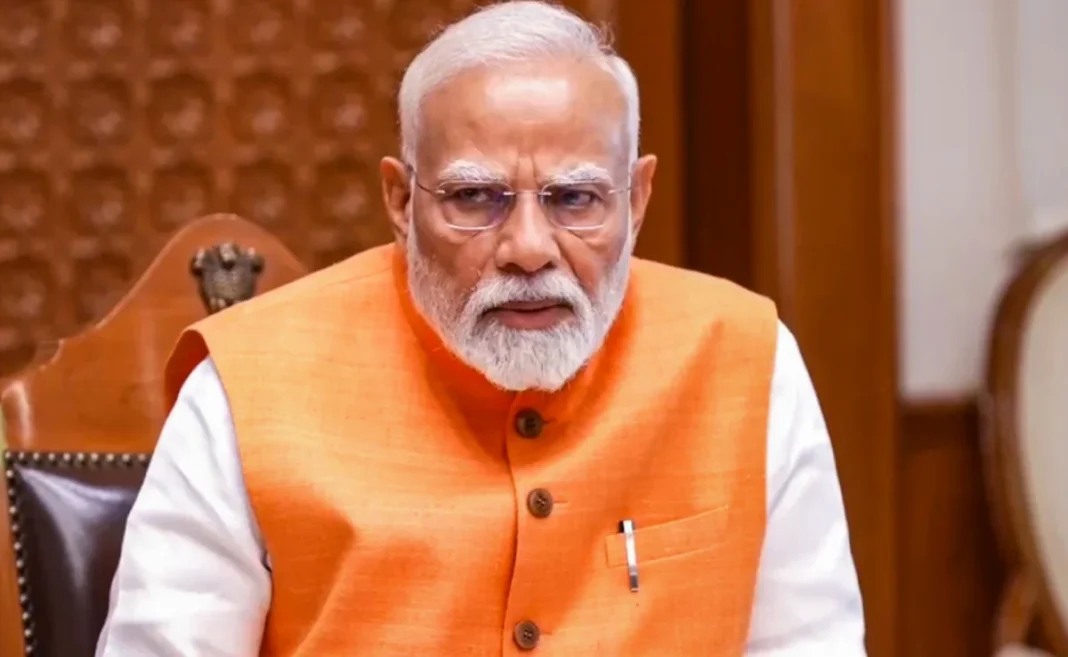India’s proposed sin tax on alcohol and gaming at a steep 40% rate under the new GST 2.0 regime could significantly impact both industries and consumer behavior. This move aims to streamline taxation while curbing the consumption of harmful or luxury products.
What the Proposal Says about the Sin Tax on Alcohol and Gaming
Under the new GST 2.0 plan, the government is considering a 40% sin tax on alcohol and gaming, along with cigarettes and other harmful goods. Meanwhile, GST slabs will be reduced to just three main categories:
- 5% for essentials
- 18% for most goods and services
- 40% for sin goods like alcohol, cigarettes, and online gaming
Special rates, such as 0.25% for diamonds and 3% for gold and jewelry, will remain unchanged.
Why a 40% Sin Tax on Alcohol and Gaming
The purpose of this new tax is twofold:
- Public Health – discourage excessive drinking and gambling by making these products more expensive.
- Revenue Boost – help the government collect additional funds to support infrastructure, healthcare, and welfare programs.
Sin taxes have been used globally to reduce consumption of alcohol and tobacco, and India is adopting a similar model.
Market Impact of the Sin Tax on Alcohol and Gaming
The announcement of the 40% rate immediately affected the stock market. On August 18, 2025, shares of alcohol and gaming companies fell sharply:
- Godfrey Phillips dropped 4.4%
- Nazara Technologies fell 2.4%
- Delta Corp slipped 1.7%
- Globus Spirits fell 1.4%
- United Spirits declined 1.2%
- ITC dropped 0.55%
This reaction shows that investors are worried about reduced consumer demand and shrinking profit margins.
What It Means for Consumers and Producers
For consumers, the sin tax on alcohol and gaming will directly raise prices, making drinks and gaming services more costly. For companies, this tax could lead to:
- Higher costs and lower margins
- Reduced demand among price-sensitive customers
- A push to diversify into non-taxed product categories
GST 2.0 and the Bigger Picture
The proposed GST 2.0 overhaul is not just about sin goods. It aims to simplify India’s taxation system by merging multiple slabs into three clear categories.
- Goods under the current 12% GST may shift down to 5%
- Around 90% of goods in the 28% slab will move to 18%
- Essential items like food, medicines, and stationery will be tax-free or at 5%
Prime Minister Narendra Modi has hinted that these changes could be implemented by Diwali 2025, making GST simpler for both businesses and consumers.
Why This Matters for India
- Consumer Behavior: A sharp rise in prices may reduce alcohol and gaming consumption.
- Government Revenue: The sin tax will provide extra funds for development projects.
- Public Health: Higher prices may discourage unhealthy lifestyle habits.
- Market Clarity: A simplified GST system will reduce confusion and disputes.



